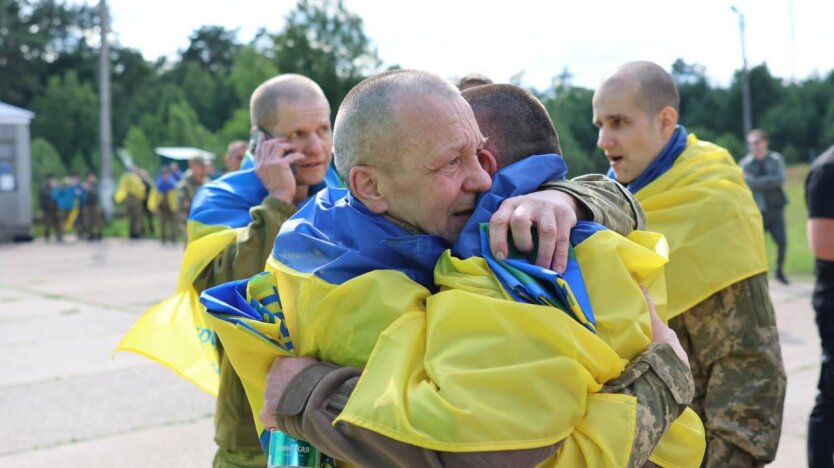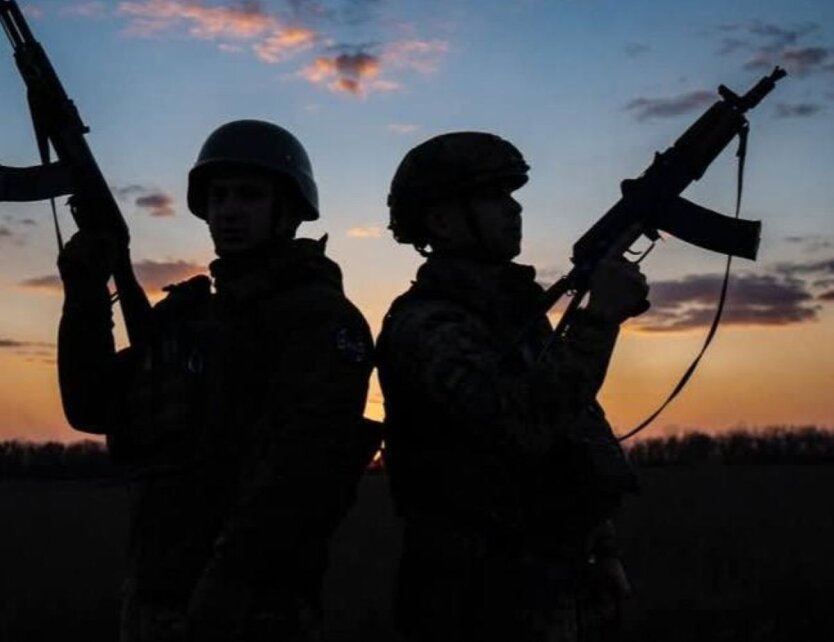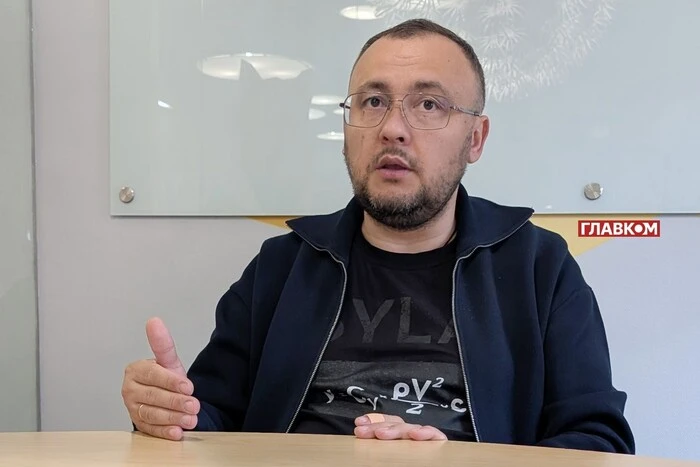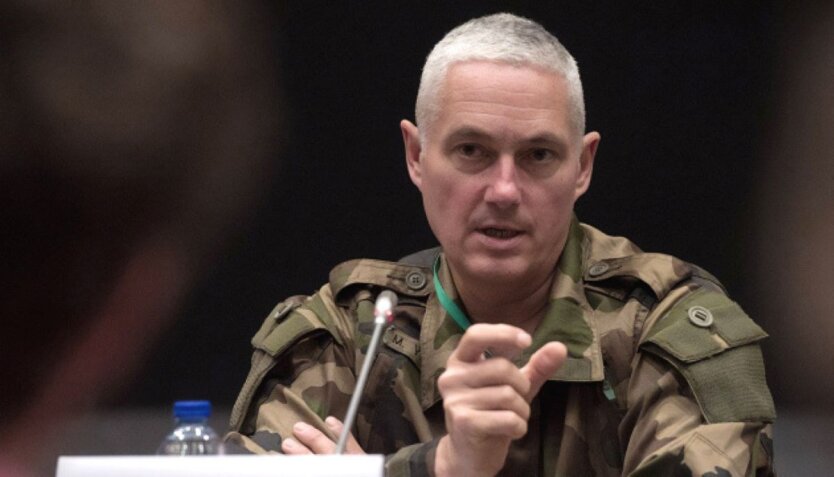Defense Forces conduct a successful offensive practically in the rear of the Russian Federation's grouping — expert.

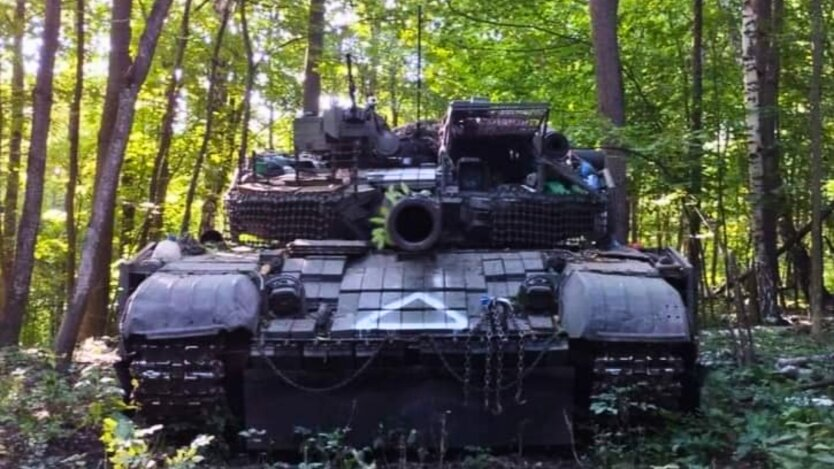
According to military-political analyst Dmitry Snegirov, the Russians will need from six months to a year to oust the Ukrainian army from the Kursk region. Nonetheless, they have problems due to the engineering and fortification structures that the Russians themselves built. Now, the Russian Federation is pulling the most combat-ready units of its army to the Kursk region and is relocating them from rear areas. However, according to Snegirov, the Defense Forces of Ukraine are successfully advancing on the Russian grouping and breaching their engineering and fortification structures. Meanwhile, the forested landscape of the Kursk region benefits Ukrainian reconnaissance and sabotage groups, which inflict damage on Russian units. According to the analyst, the Defense Forces of Ukraine managed to break through the structures and advance to the area of the settlements of Vedmezhe, Vesele, and Novyi Shlyakh.
The analyst also noted that Russian "war correspondents" acknowledge the successful nature of the counterattacks by the Armed Forces of Ukraine in the area of the settlements that, according to the RF Ministry of Defense, have long been under Russian control. The situation is rapidly developing in Obukhivka, Mala Loknya, Lyubymivka, Korenevo, Olhivka, Borky, Ruska Konopelka, Martynivka, and Komyshivka.
Read also
- The Pentagon responded to whether the States have information about Iran's hidden uranium stockpile
- EU Summit: What was decided regarding sanctions against the Russian Federation, negotiations with Ukraine on accession, and financial support
- Another stage of prisoner exchange: Ukrainians who had been in Russia for over three years have returned home
- Rear regions created a strategic reserve for the groupings 'Khortytsia' and 'Tavriya' - OP
- Who stopped the exhumation? Ambassador reported the details of the information diversion arranged by Russians in Poland
- NATO General Explains How the 'Korean Model' Could Work in Ukraine



